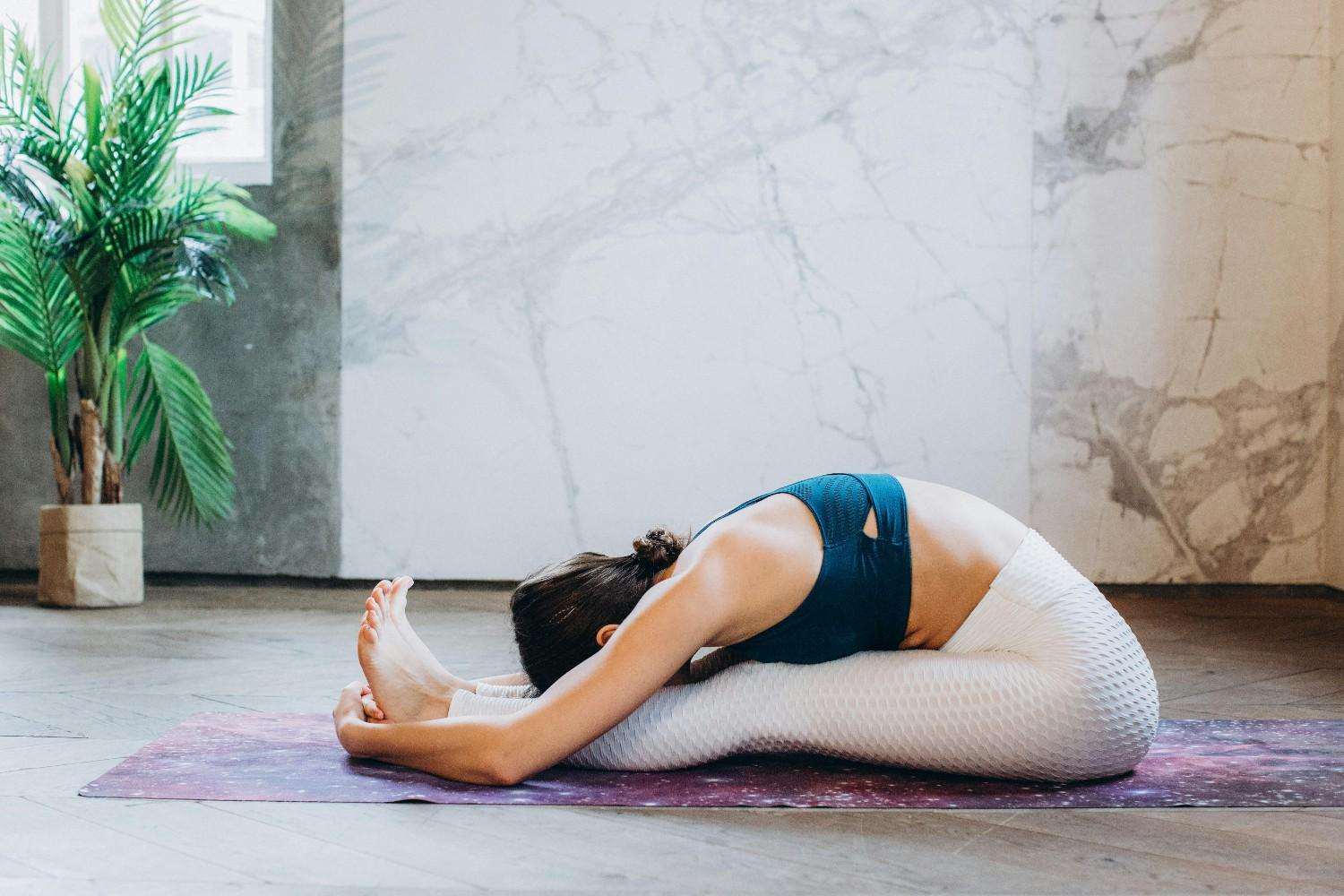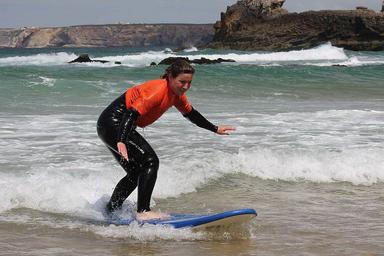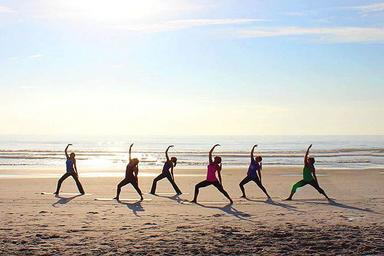
Seated Forward Bend: A Classic Yoga Stretch (Paschimottanasana)
02 Sep, 2024
 Healthtrip
HealthtripLymphoma is a cancer originating in the lymphatic system, a network of tissues and organs that help fight infections and diseases. The lymphatic system includes lymph nodes, lymph vessels, bone marrow, and the spleen. Lymph nodes are small, bean-shaped organs that filter lymph, a fluid carrying white blood cells throughout the body. When lymphoma develops, lymph nodes may become swollen and painful.
Types of Lymphoma
Lymphoma is broadly classified into two main categories: Hodgkin lymphoma and non-Hodgkin lymphoma.
Most popular procedures in India
Hodgkin Lymphoma
Hodgkin lymphoma is characterized by the presence of Reed-Sternberg cells, abnormal cells found in lymph nodes. It typically affects young adults and older adults. Symptoms include swollen lymph nodes, fever, night sweats, weight loss, and fatigue.
Non-Hodgkin Lymphoma
Non-Hodgkin lymphoma is more common and includes various subtypes. It can affect people of all ages. Symptoms vary depending on type and stage but may include swollen lymph nodes, fatigue, weight loss, fever, night sweats, and shortness of breath.
Wellness Treatments
Give yourself the time to relax
Lowest Prices Guaranteed!

Lowest Prices Guaranteed!
Causes of Lymphoma
The exact cause of lymphoma is unknown but is thought to involve genetic and environmental factors. Risk factors include:
Genetic Factors
Some individuals have genetic predispositions that increase lymphoma risk. For instance, those with certain genetic disorders, such as Ataxia-telangiectasia, have a higher risk.
Environmental Factors
Exposure to radiation, certain chemicals, and viruses may increase lymphoma risk. Individuals exposed to high radiation levels, such as nuclear power plant workers or those receiving radiation therapy, have an elevated risk.
Symptoms of Lymphoma
Lymphoma symptoms vary by type and stage. Common symptoms include:
Swollen Lymph Nodes
Swollen lymph nodes are common in lymphoma. They may be painless or tender, often found in the neck, armpits, and groin.
Fatigue
Fatigue is common, possibly due to cancer cells consuming energy or the immune system fighting cancer.
Weight Loss
Unexplained weight loss may occur due to cancer cells consuming energy or the body's immune response.
Fever
Fever is common, possibly caused by cancer cells releasing chemicals that trigger a fever response.
Night Sweats
Night sweats are common, potentially caused by cancer cells releasing chemicals that trigger a sweating response.
Shortness of Breath
Shortness of breath can occur when cancer cells grow and press on the lungs or other organs.
Chest Pain
Chest pain may occur when cancer cells grow and press on the lungs or other organs.
Diagnosis of Lymphoma
If experiencing lymphoma symptoms, consult a doctor promptly. Diagnosis involves a physical exam, medical history review, and tests including:
Biopsy
A biopsy removes tissue for microscopic examination, often used to confirm lymphoma diagnosis.
Blood Tests
Blood tests check for lymphoma signs, such as elevated white blood cell count or abnormal blood proteins.
Imaging Tests
Imaging tests like CT and MRI scans create detailed images of lymph nodes and organs to check for lymphoma signs.
Treatment of Lymphoma
Lymphoma treatment depends on type and stage. Common treatments include:
Chemotherapy
Chemotherapy uses drugs to kill cancer cells, often used alone or in combination with other treatments.
Radiation Therapy
Radiation therapy uses high-energy rays to kill cancer cells, often used alone or with other treatments.
Stem Cell Transplant
Stem cell transplants replace destroyed stem cells with healthy ones, sometimes used in lymphoma treatment.
Immunotherapy
Immunotherapy harnesses the body's immune system to fight cancer, showing promise in clinical trials.
Prognosis of Lymphoma
Lymphoma prognosis varies by type and stage. Some types are highly treatable, while others are more challenging. The overall five-year survival rate is approximately 70%, but can vary significantly. Discuss individual prognosis with your healthcare provider.
Related Blogs

Cancer Treatment in India: Hospitals, Doctors & Costs – 2025 Insights
Explore cancer treatment in india: hospitals, doctors & costs –

Bariatric Surgery in India: Cost, Procedure & Recovery – 2025 Insights
Explore bariatric surgery in india: cost, procedure & recovery –

How HealthTrip Assists Patients from Middle East Countries – 2025 Insights
Explore how healthtrip assists patients from middle east countries –

Traveling from UAE to India for Surgery: What You Should Know – 2025 Insights
Explore traveling from uae to india for surgery: what you

How to Choose the Right Hospital in India – 2025 Insights
Explore how to choose the right hospital in india –

Kidney Transplant in India: Legal, Safe, and Affordable – 2025 Insights
Explore kidney transplant in india: legal, safe, and affordable –










